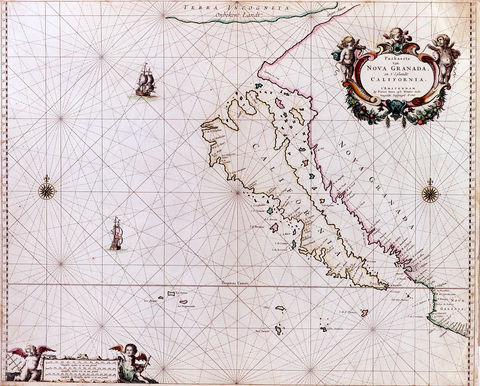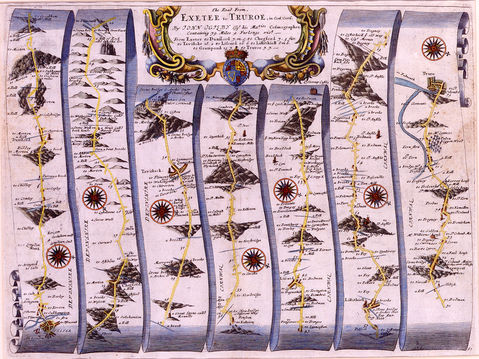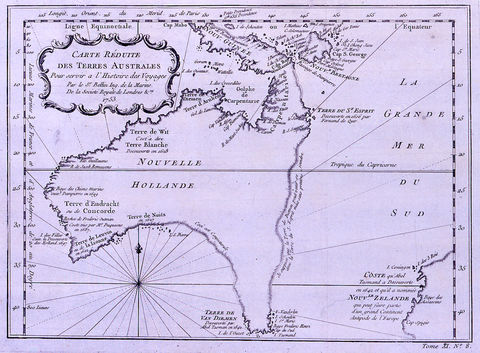Collecting Antique Maps
In addition to those who buy a single map of their home area, where they work or take their holidays, there are others who aim to build a collection. A collection need not be an exhaustive grouping of every different printed map of one region but could comprise, for instance, five or ten examples of the most significant, or decorative, maps in the cartographic development of an area. We list below a brief summary of some of the more popular categories of collections.

- By area. This, the most obvious geographic theme, allows the collector the greatest scope. Limits on the collection’s size can be set by his or her purse, the amount of space available for display, or the time available for map shopping. An exhaustive collection of a popular area might require a large outlay, whereas a selective collection could be a fraction of the cost. By focusing on a particular area the geographical knowledge and social development can be seen.
- By mapmaker. A collector might chose to focus on the work of one particular mapmaker, or might look for one example from a variety of different mapmakers. These could be selected for their historical importance or for their particular styles of presentation.
- Of a particular period. Certain styles and features are often typical of specific periods in mapmaking. Woodblock maps of the sixteenth century are distinctive, as are the finely engraved copperplate maps of the Dutch “Golden Age of Cartography”, and can be found at most price ranges depending on the area shown. Less expensive, but arguably more interesting, are the finely produced and detailed maps of the later periods.
- Displaying particular features. Collectors can be attracted to the bizarre as much as to correct cartography. Maps showing, for instance, California as an island have always been very popular, as are those showing the discovery of Australia or the American mid-west. Ignoring cartographic detail, maps displaying such features as sea monsters, battle scenes, or with figured borders may also be considered.
- By theme. Thematic collecting might include maps showing the development of railways, geological or scientific features. Sea and star charts, canal and road maps, town and battle plans, and cartographical curiosities are all good subjects for a specific focus.
- Individual significance. Maps can be identified as the first to show certain features whether discoveries, the establishment of national boundaries, the founding of new settlements, and so on.
- Appearance alone. Many collectors buy maps simply because they like them. Their interest in the area shown may be slight or passing, but the character and style of the map’s appearance, perhaps decorated with elegant scrollwork, banners, ribbons, cherubs, mythological beings, animals, birds, and so on, can overwhelm the cartographic content.
- For investment. Antique maps, like most areas of antiques should not be viewed as ideal short-term investments. Despite this, there can be no doubt that as more collectors come into the marketplace and good quality stock becomes harder to find, price appreciation is inevitable. The antique map market is still very much “unsophisticated” when compared with stamps, silver, or old master prints, but it has been noticeable how, in recent years, better quality maps of the more popular areas have appreciated at a greater rate than lesser items.

Any other reason. Alternative reasons to collect are innumerable; perhaps maps on strange projections, or in rarely found languages – Armenian, Hebrew, Russian, Arabic, Welsh, for example. Miniature maps, originally produced for pocket atlases are often preferred and may be kept in an album, rather than framed and displayed. We can advise you on the merits of what may be available, and you must go for what you like.



